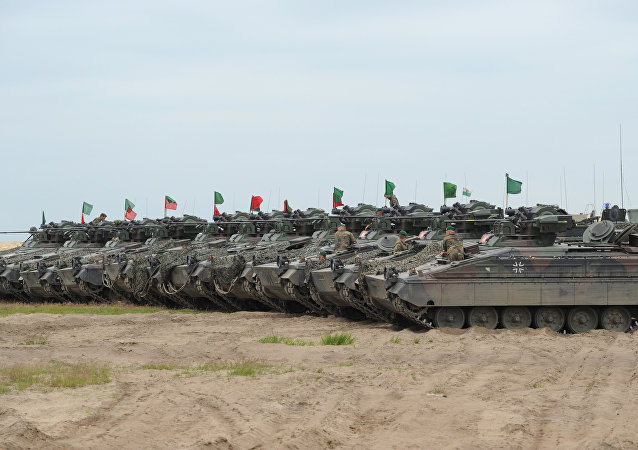Source: The Economist
By J.C.
DONALD TRUMP says it is “not fair” for Europe’s largest economy to spend proportionally so much less on defence than America does. Germany spends just 1.2% of its GDP on defence, and it shows.
A report released in February showed that less than half the country’s Leopard tanks, 12 out of 50 Tiger helicopters and only 39 of its 128 Typhoon fighter aircraft were fit for action. At the end of last year, none of the country’s six submarines was at sea. In short: Germany’s armed forces are barely fit for purpose. Why?
Throughout the cold war West Germany was NATO’s eastern border state, the first line of defence against the Eastern Bloc. Though pacifist in culture following the traumas of the second world war, it invested heavily in territorial defence.
By 1990 it had more than 5,000 battle tanks, some 500,000 personnel and was spending almost 3% of GDP on defence. Then the Berlin Wall fell and the reunified Germany suddenly felt insulated.
Military investment plunged, and the Bundeswehr was reshaped into a force capable of only limited expeditionary deployments. In 2011 Angela Merkel’s government ended conscription, hoping to replace a large standing army with a small, surgical one (today it numbers little more than 180,000).
Then came the fateful year of 2014. Russia intervened in Ukraine, annexing Crimea. Germany committed forces to expeditionary missions in Iraq and Mali. It pledged at a NATO summit in Wales to spend 2% of its GDP on defence by 2024. Its sense of geopolitical stability was suddenly challenged; Ursula von der Leyen (pictured), the recently appointed defence minister, realised that the Bundeswehr was hopelessly under-prepared and started trying to overhaul it.
Read more at: https://www.economist.com/the-economist-explains/2018/08/09/why-germanys-army-is-in-a-bad-state

